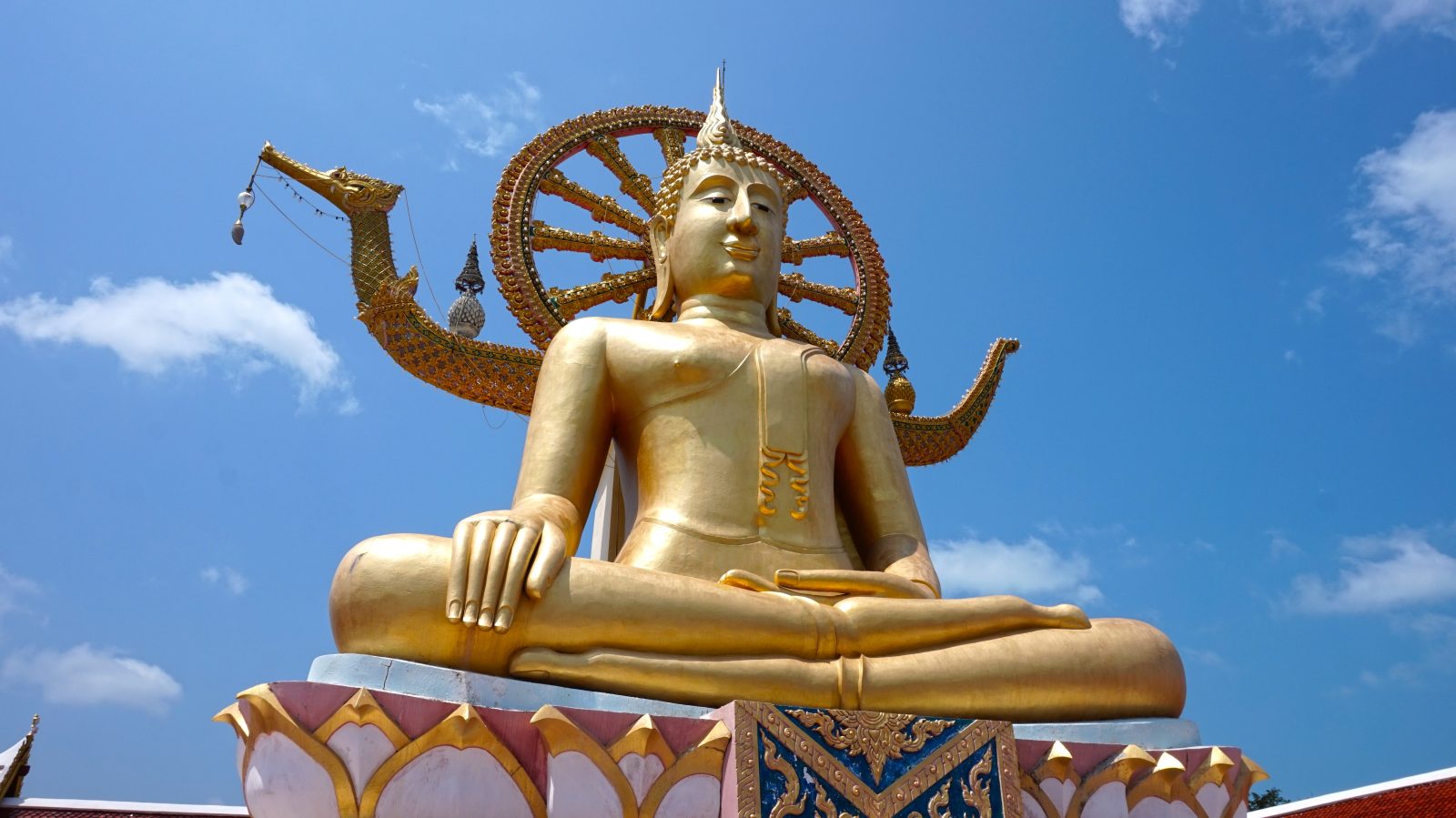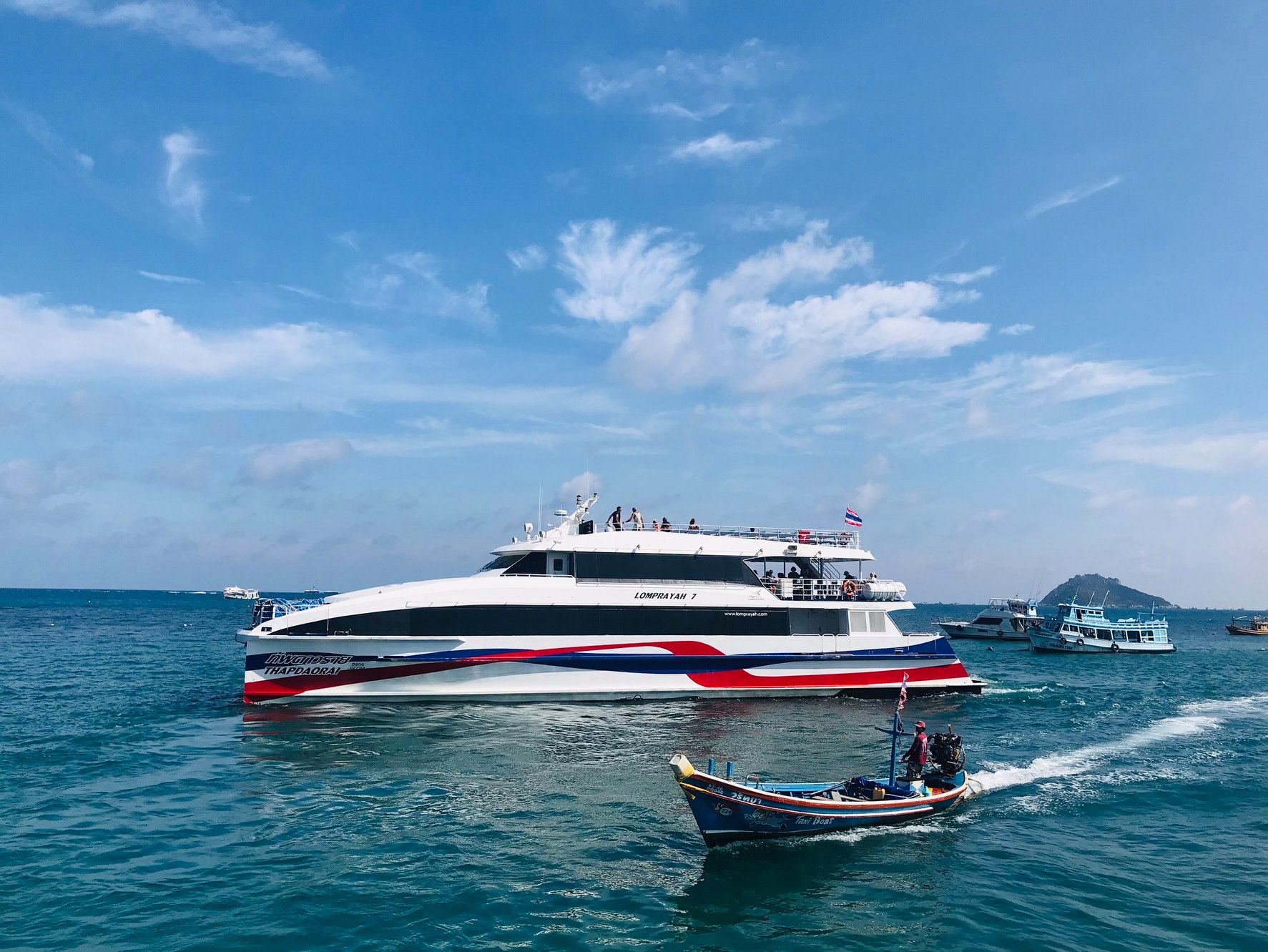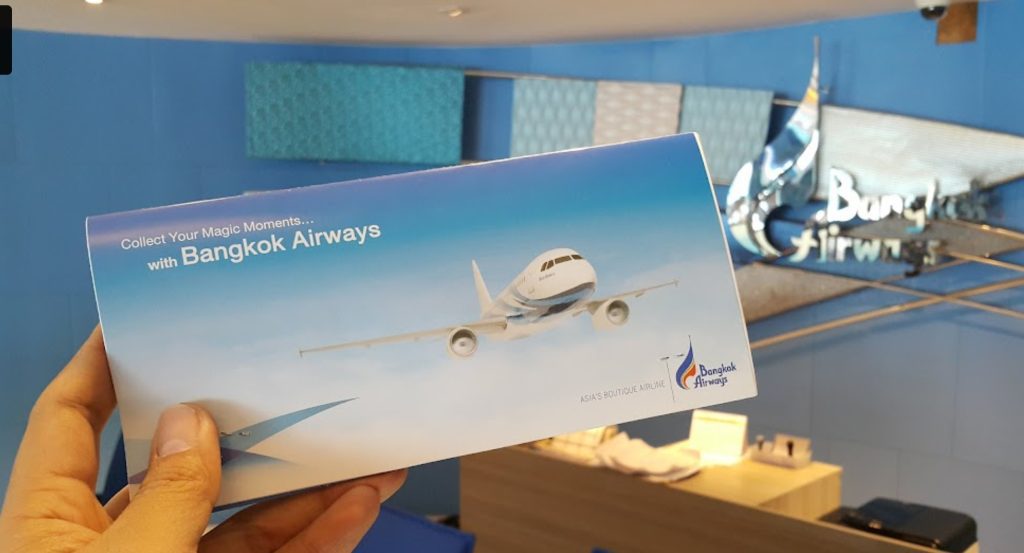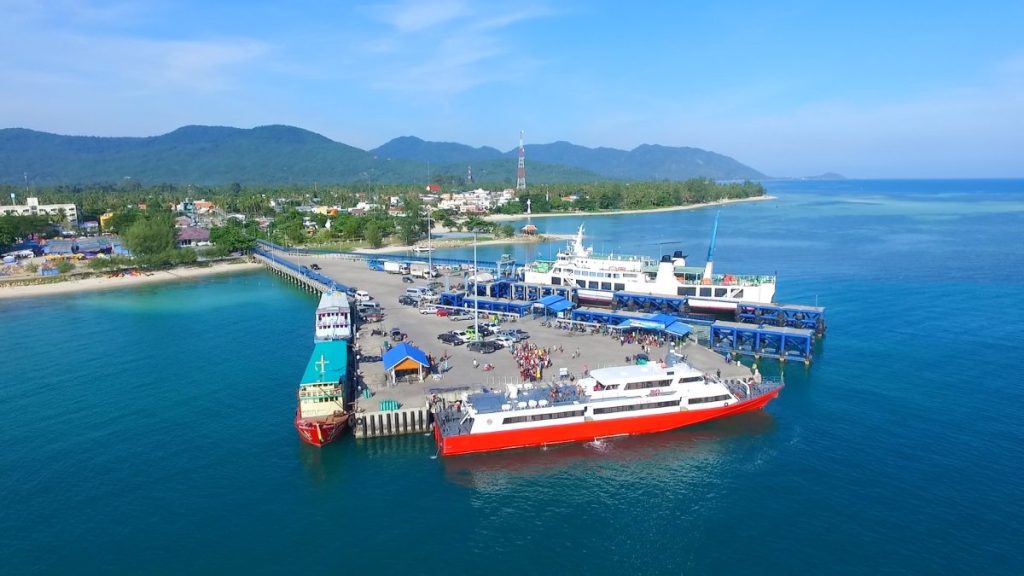Bangkok, a city where ancient spirituality seamlessly melds with modern dynamism, boasts an array of iconic Big Buddha in Bangkok statues that echo tales of devotion, artistry, and the deep-rooted Buddhist traditions of Thailand. Among these monumental figures, Wat Pho’s Reclining Buddha, Phra Si Ariyamettrai, and the colossal Buddha at Wat Pak Nam Temple stand out, each narrating its unique story. These statues, with their distinct features and historical significance, beckon visitors to delve deeper into the rich tapestry of faith and culture they represent.
Big Buddha in Bangkok: Wat Pho’s Reclining Buddha
Historical Significance
Wat Pho, also known as the Temple of the Reclining Buddha, is one of the oldest and largest temple complexes in Bangkok and the most famous Big Buddha in Bangkok. Established long before Bangkok became the capital of Thailand, Wat Pho has been a center of education and traditional Thai medicine for centuries. The Reclining Buddha, known as Phra Buddhasaiyas, was constructed in 1832 under the reign of King Rama III. It symbolizes the passing of the Buddha into Nirvana and the end of all reincarnations.
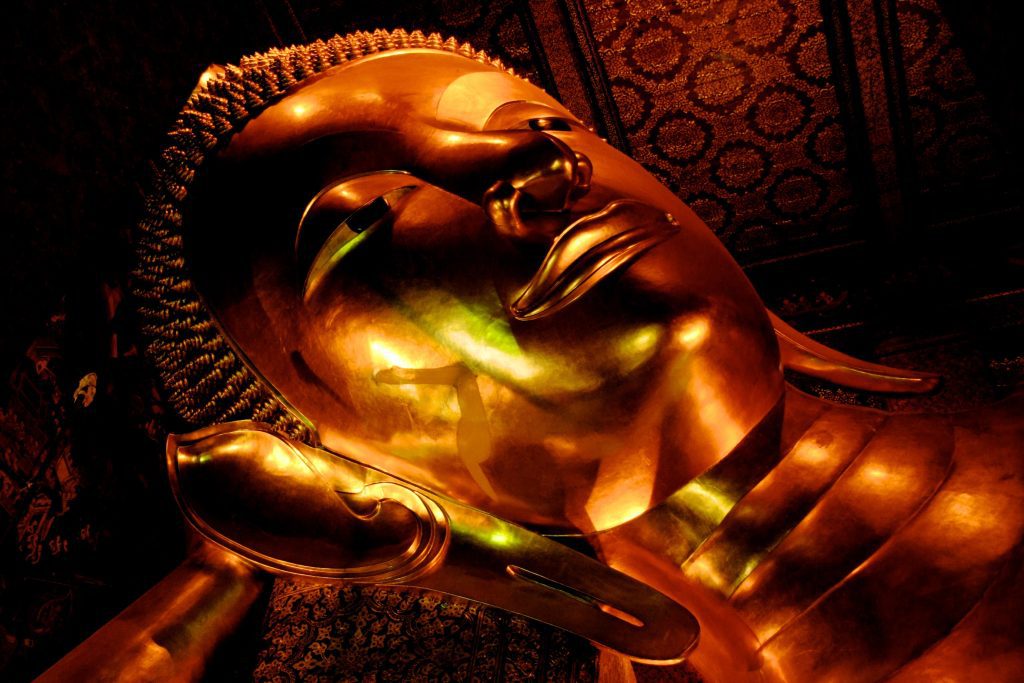
Unique Features
The Reclining Buddha is a marvel of design and craftsmanship. Stretching 46 meters in length and 15 meters in height, it is one of the largest Buddha statues in Thailand. The statue’s feet are particularly noteworthy. Measuring 3 meters high and 4.5 meters long, they are intricately decorated with mother-of-pearl illustrations of auspicious symbols. The serene expression on the Buddha’s face, coupled with the golden finish, evokes a profound sense of peace and reverence.
How to Reach Wat Pho
- By Boat: The Chao Phraya Express Boat to the Tha Tien pier is the most scenic route. From the pier, Wat Pho is just a short walk away.
- By Road: Taxis, tuk-tuks, and local buses can be used to reach Wat Pho. Given its prominence, most drivers are familiar with the location.
Other Attractions Around Wat Pho
- Thai Traditional Massage: Wat Pho is also known as the birthplace of traditional Thai massage. Visitors can experience this ancient therapeutic practice right at the temple complex.
- The Chedis of the Four Kings: These are four large stupas dedicated to the first four Chakri kings. Their vibrant colors and intricate designs are a sight to behold.
- Phra Ubosot: This is the temple’s ordination hall, housing another important Buddha statue and surrounded by a beautiful colonnade.
Wat Pak Nam Temple’s Giant Buddha
Historical Significance
The Wat Pak Nam Temple, located in the Phasi Charoen district of Bangkok, has undergone significant transformations over the years. Originally a modest temple situated on a vast orchard, it has now become a prominent spiritual center, thanks in part to the towering Buddha statue that graces its premises. This statue, the tallest in Bangkok, stands as a testament to the evolving architectural and artistic endeavors of the region. This Big Buddha in Bangkok not only signifies the importance of Buddhism in Thai culture but also showcases the nation’s commitment to preserving and enhancing its rich spiritual heritage.
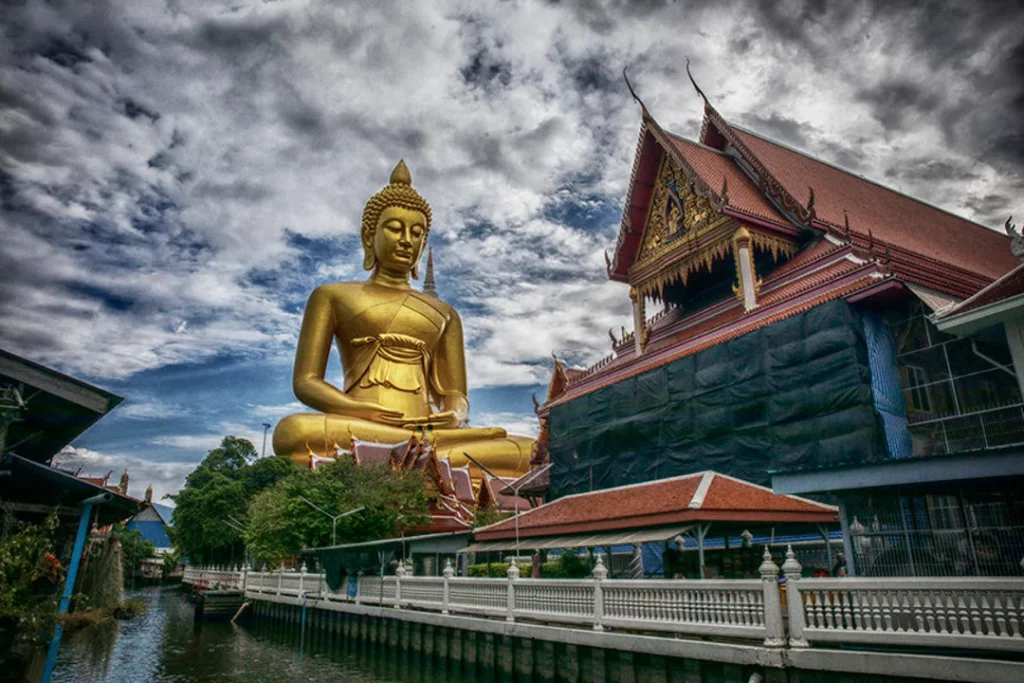
Unique Features
The Buddha statue at Wat Pak Nam is an architectural marvel, standing at an impressive height of 64 meters. But beyond its size, the statue is renowned for its intricate detailing and craftsmanship. Its majestic posture can be viewed from various points around the temple, but the most breathtaking perspectives are found near the canals adjacent to the temple. The reflection of the statue on the calm waters, especially during sunrise and sunset, offers a mesmerizing sight, making it a favorite spot for both photographers and contemplative visitors.
How to Reach Wat Pak Nam Temple
- By BTS Skytrain: The nearest BTS station is Bang Wa. From Bang Wa, you can take a taxi or a local songthaew (a passenger vehicle adapted from a pick-up or a larger truck and used as a shared taxi) to reach the temple.
- By Boat: Another scenic way to reach the temple is by taking a boat along the Phasi Charoen Canal. This not only offers a unique mode of transportation but also provides picturesque views of the surroundings.
- By Road: Taxis are readily available throughout Bangkok and can be used to reach Wat Pak Nam directly. If you’re using a ride-hailing app or instructing a taxi driver, ensure you specify “Wat Pak Nam in Phasi Charoen” to avoid any confusion with other similarly named locations.
Visiting the Wat Pak Nam Temple and witnessing the grandeur of its giant Buddha statue is an experience that beautifully blends spiritual reverence with artistic appreciation. Whether you’re a history enthusiast, an art lover, or a spiritual seeker, this landmark promises a memorable experience.
Phra Si Ariyamettrai (Luang Pho To)
Historical Significance
Phra Si Ariyamettrai, also known as Luang Pho To, is a revered statue in Bangkok that depicts Buddha carrying a begging bowl, symbolizing his humility and the period of his life when he sought alms. This Big Buddha in Bangkok is constructed over a span of 60 years and was completed in 1927, serving as a testament to the dedication and devotion of the craftsmen and the community that supported its creation.
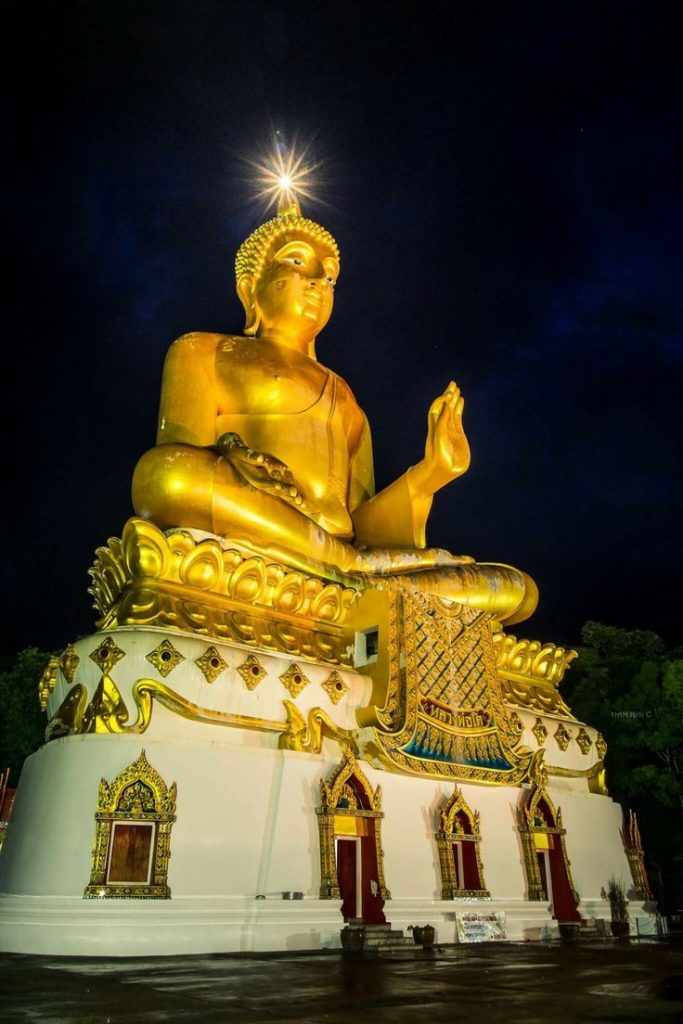
Unique Features
Made of brick and stucco and gilded with 24-carat gold, this Big Buddha in Bangkok, Phra Si Ariyamettrai, stands out not just for its size but also for its intricate detailing. Measuring a full 10 meters across the middle, it’s an imposing sight. A significant feature of this statue is the pointy Ushnisha (topknot of the hair), which contains a Buddhist relic gifted by the government of Sri Lanka, further enhancing its spiritual significance.
How to Reach Phra Si Ariyamettrai
- Location: The statue is conveniently located just 1 km north of the famous Khao San Road.
- By Road: Given its proximity to Khao San Road, a popular tourist hub, taxis, tuk-tuks, and even a leisurely walk can get you to the statue.
Tips for Visitors
- Dress Respectfully: Ensure you’re dressed modestly, covering your shoulders and wearing pants or skirts that go below the knee.
- Guided Tours: Consider hiring a guide to get a deeper understanding of the temples’ history and significance.
- Stay Hydrated: Bangkok can be hot and humid. Carry water and wear sunscreen to stay comfortable.
Important Big Buddha near Bangkok
Phra Si Sakkaya Thotsaphonlayan Prathan Phutthamonthon Suthat
Located in Phutthamonthon district, Nakhon Pathom Province, this statue is often referred to as the Phutthamonthon Buddha. It is an iconic outdoor Buddha statue and is recognized as the tallest free-standing Buddha statue in the world. The statue represents the walking Buddha, showcasing the grace and serenity of Lord Buddha. The surrounding park offers a peaceful environment for meditation and reflection.
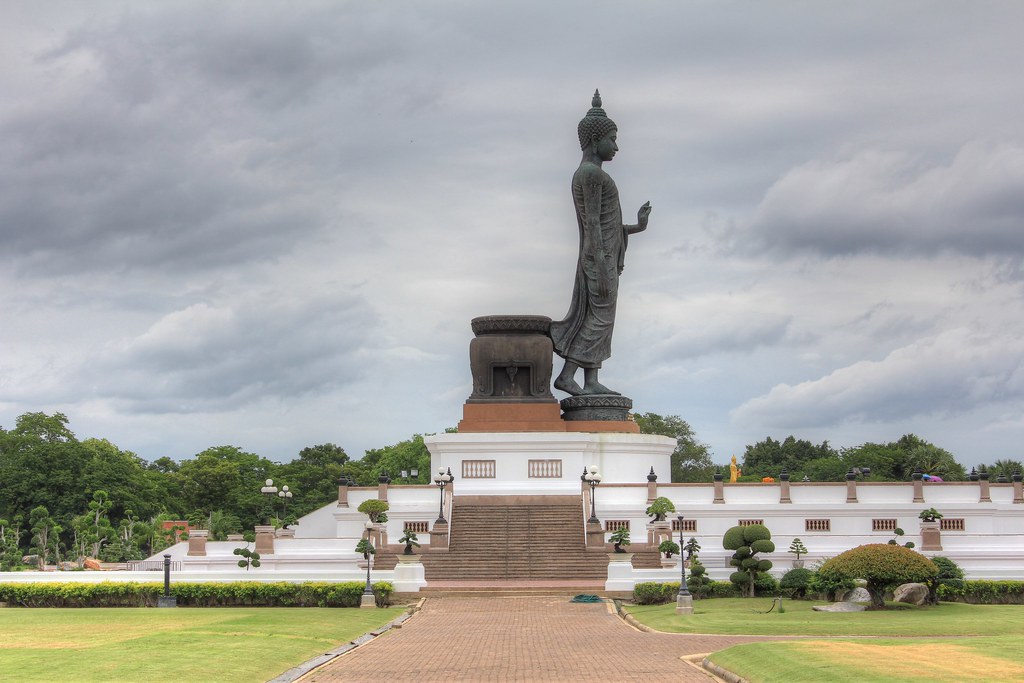
Phra Phanan Choeng
Situated in Ayutthaya, just north of Bangkok, the Phra Phanan Choeng is a revered statue housed within the Wat Phanan Choeng temple. This statue predates the establishment of Ayutthaya as the Siamese capital. Made of brick and stucco, the statue is known for its grandeur and the emotional impact it has on its visitors. Many locals and tourists alike have been moved to tears during their visit, earning the statue the nickname “Buddha that makes people cry.”
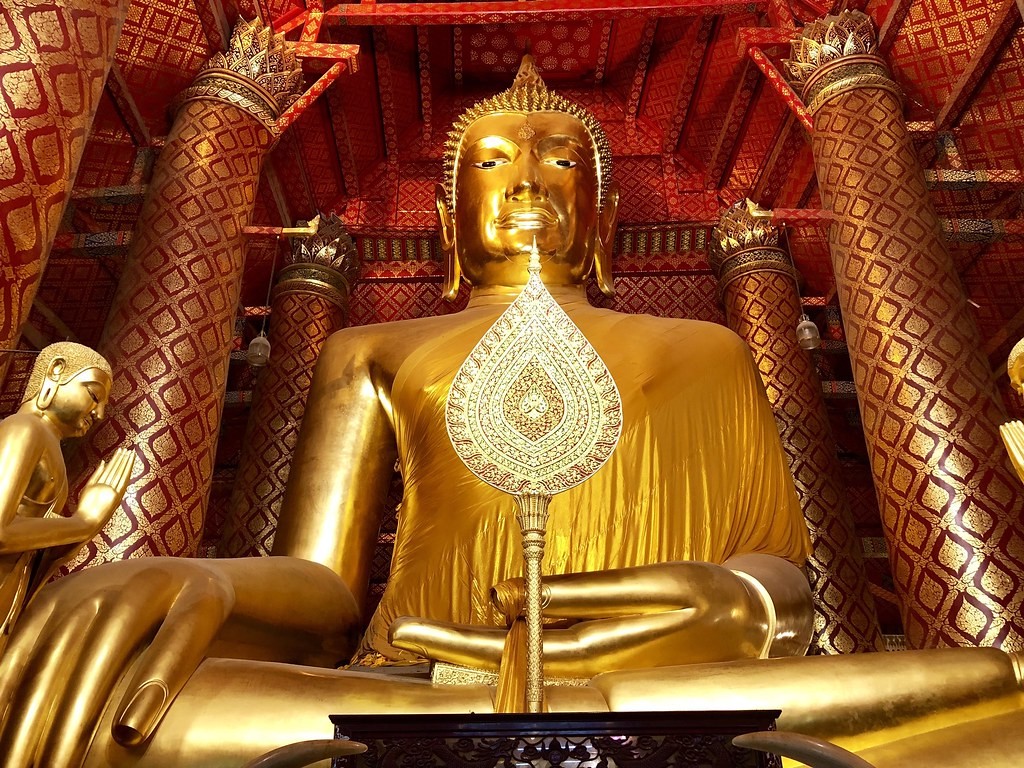
Conclusion
Big Buddha in Bangkok is something you have to explore while you stay in the Thailand’s capital. Bangkok’s charm is a harmonious blend of its vibrant urban life and the tranquil sanctuaries that house statues like Wat Pho’s Reclining Buddha, Phra Si Ariyamettrai, and the giant Buddha of Wat Pak Nam Temple. These statues, in their majesty and spiritual aura, offer a profound glimpse into the city’s soul and its enduring reverence for Buddhist traditions. Exploring Bangkok, with these iconic monuments as focal points, promises a journey filled with visual splendor, historical insights, and spiritual enrichment.

